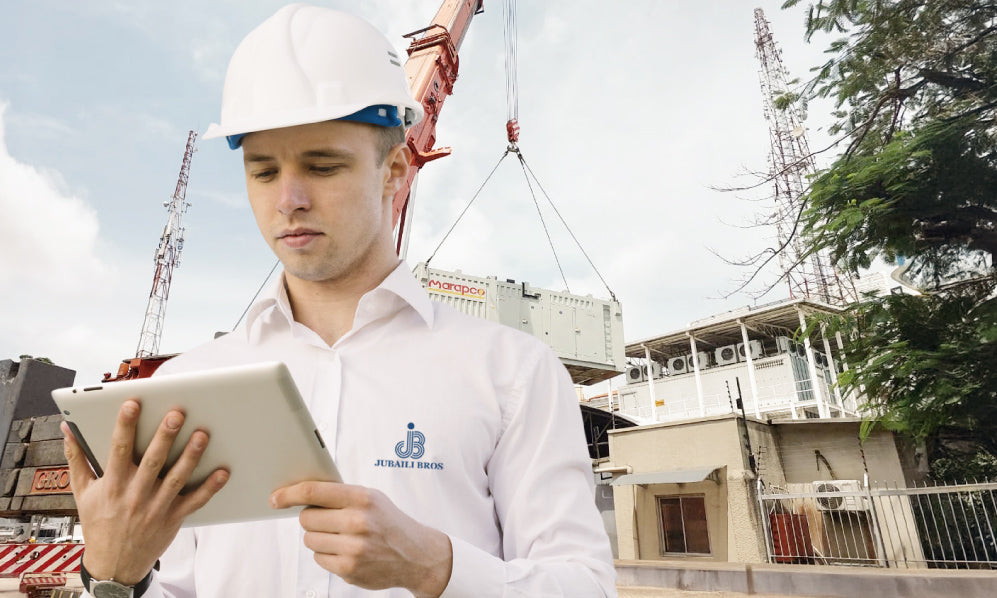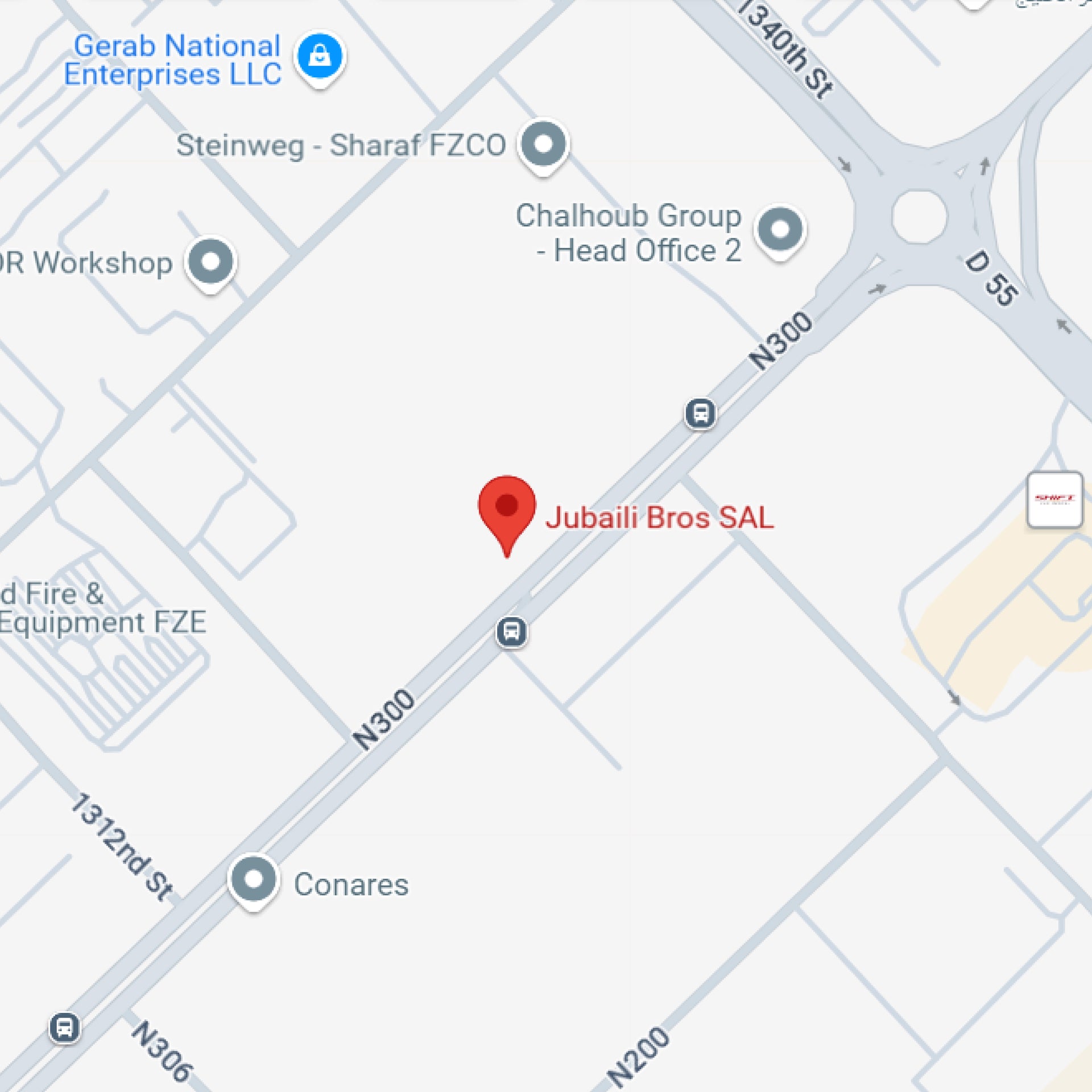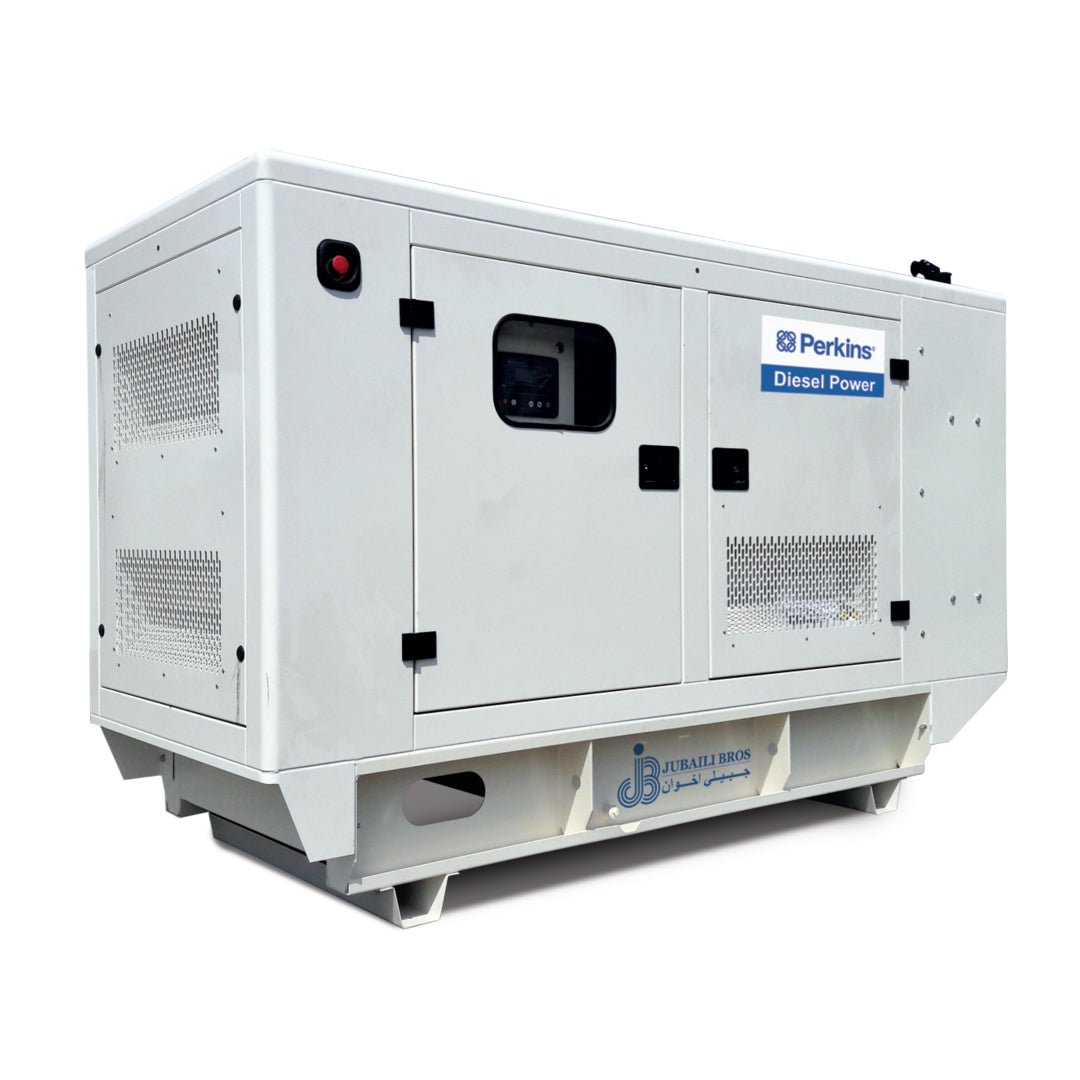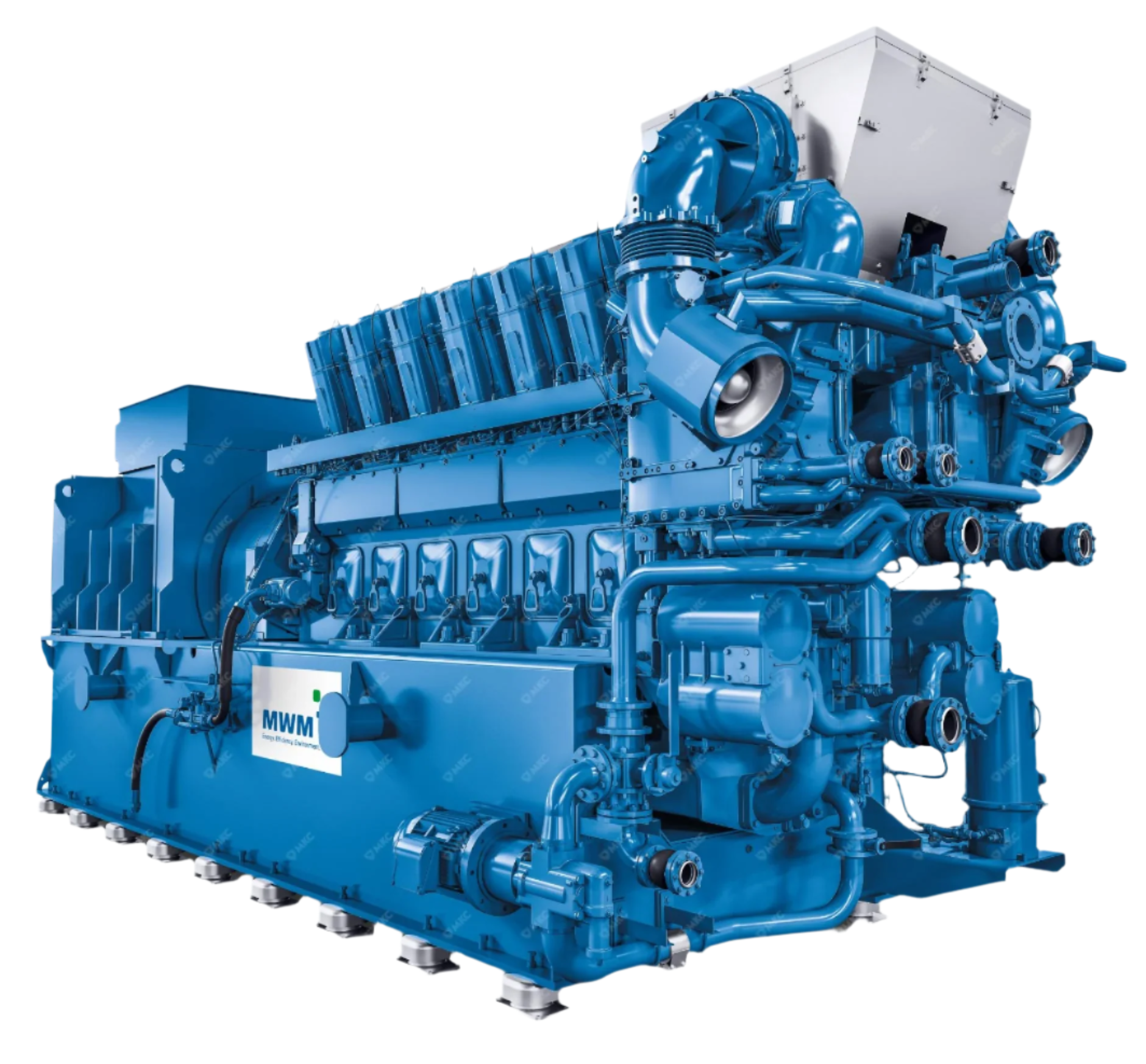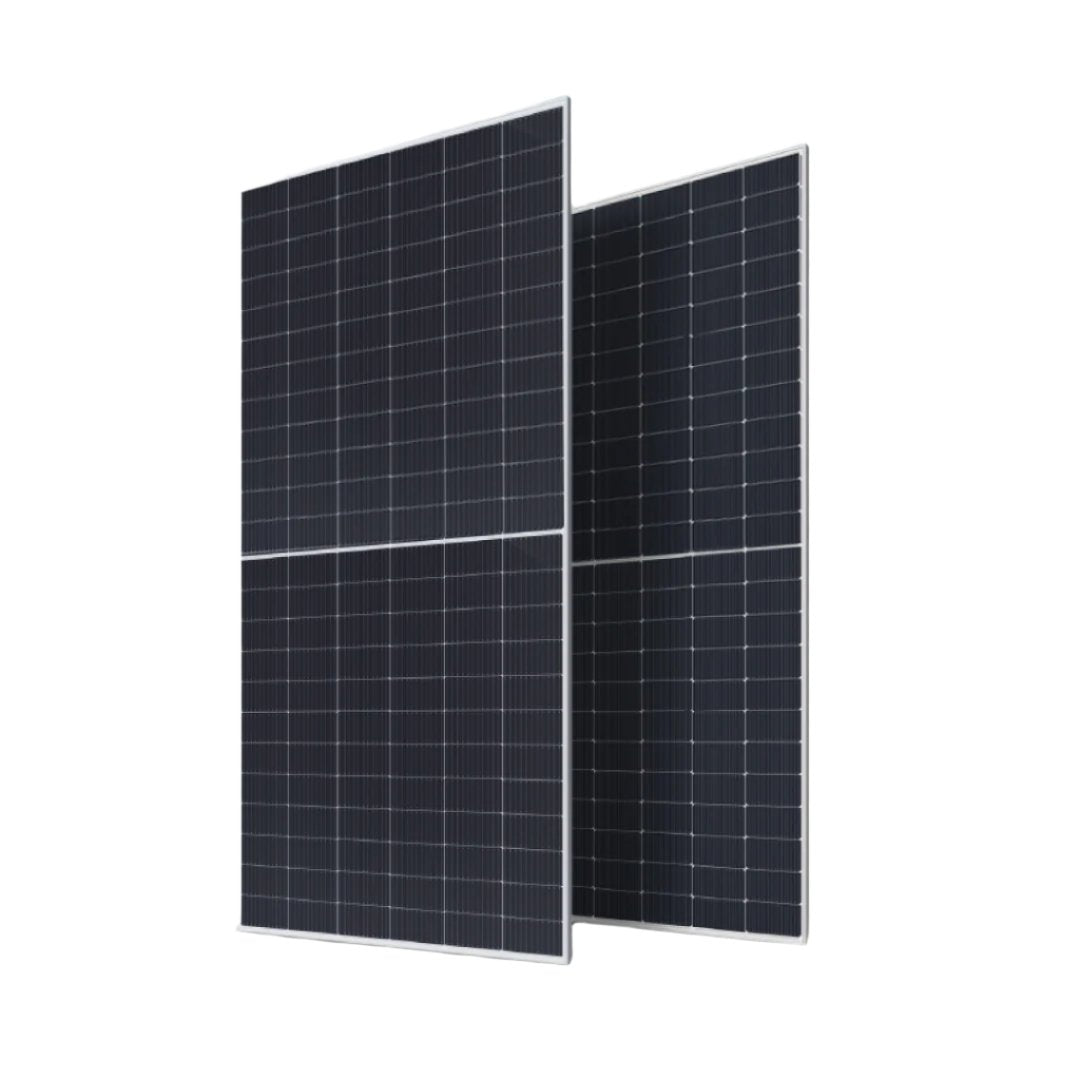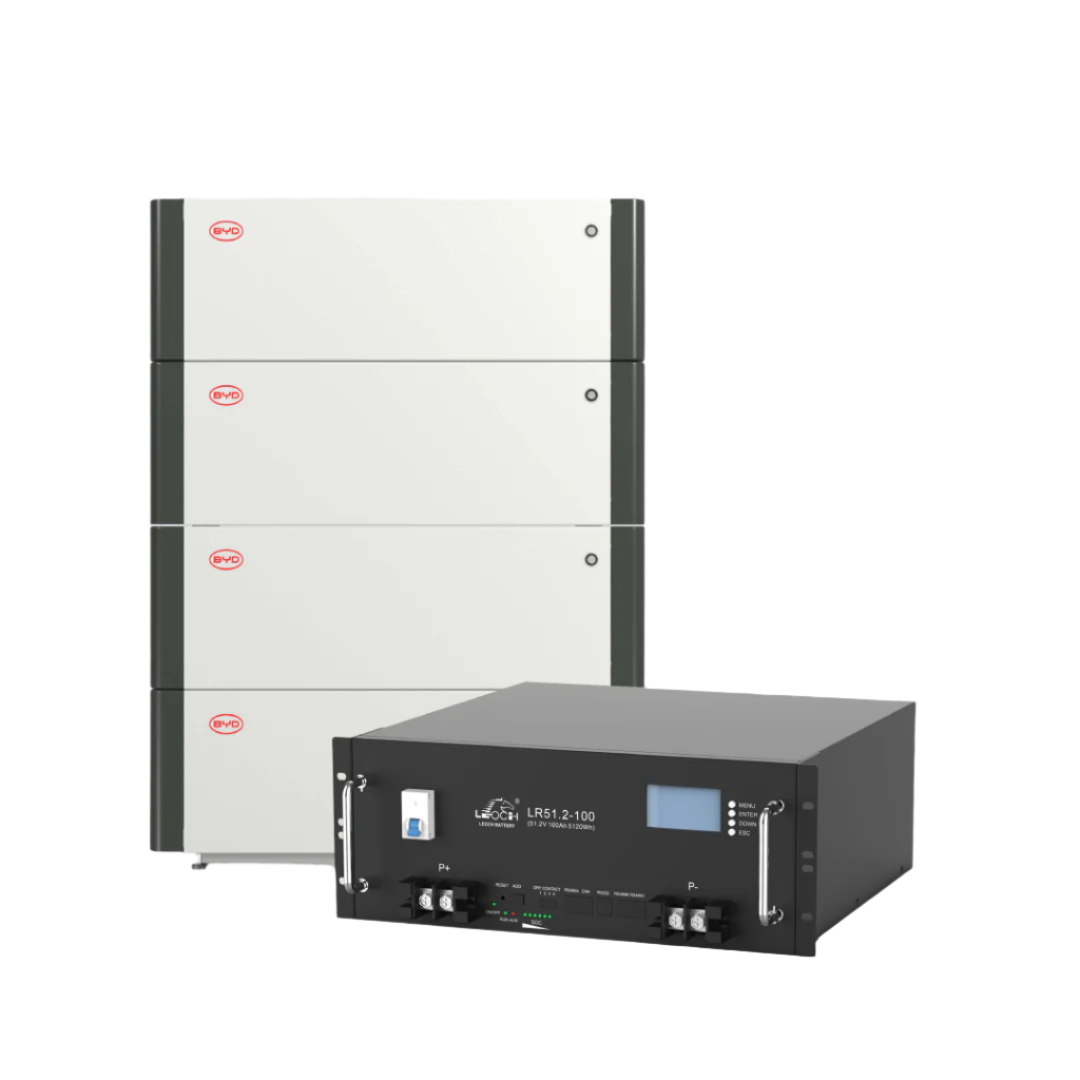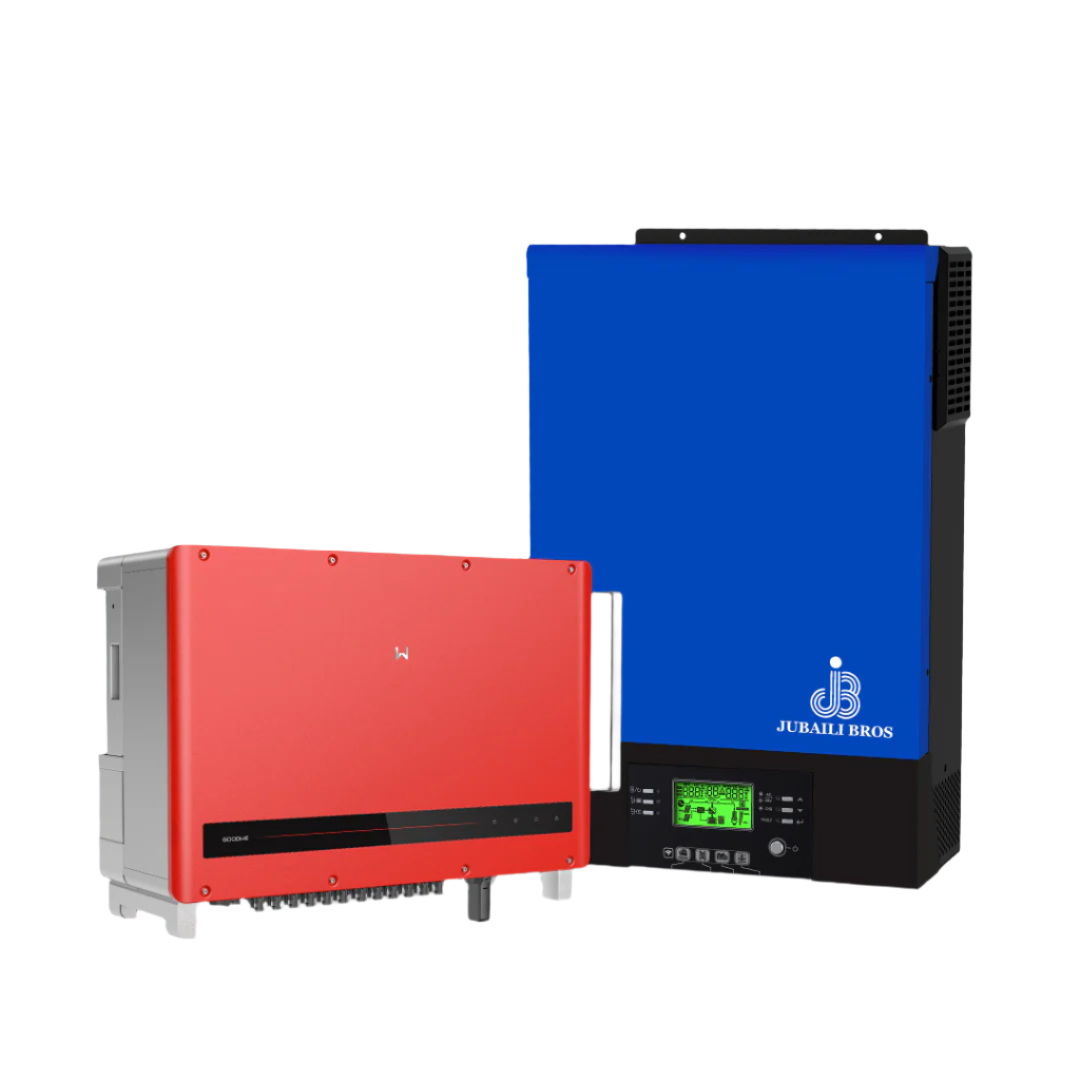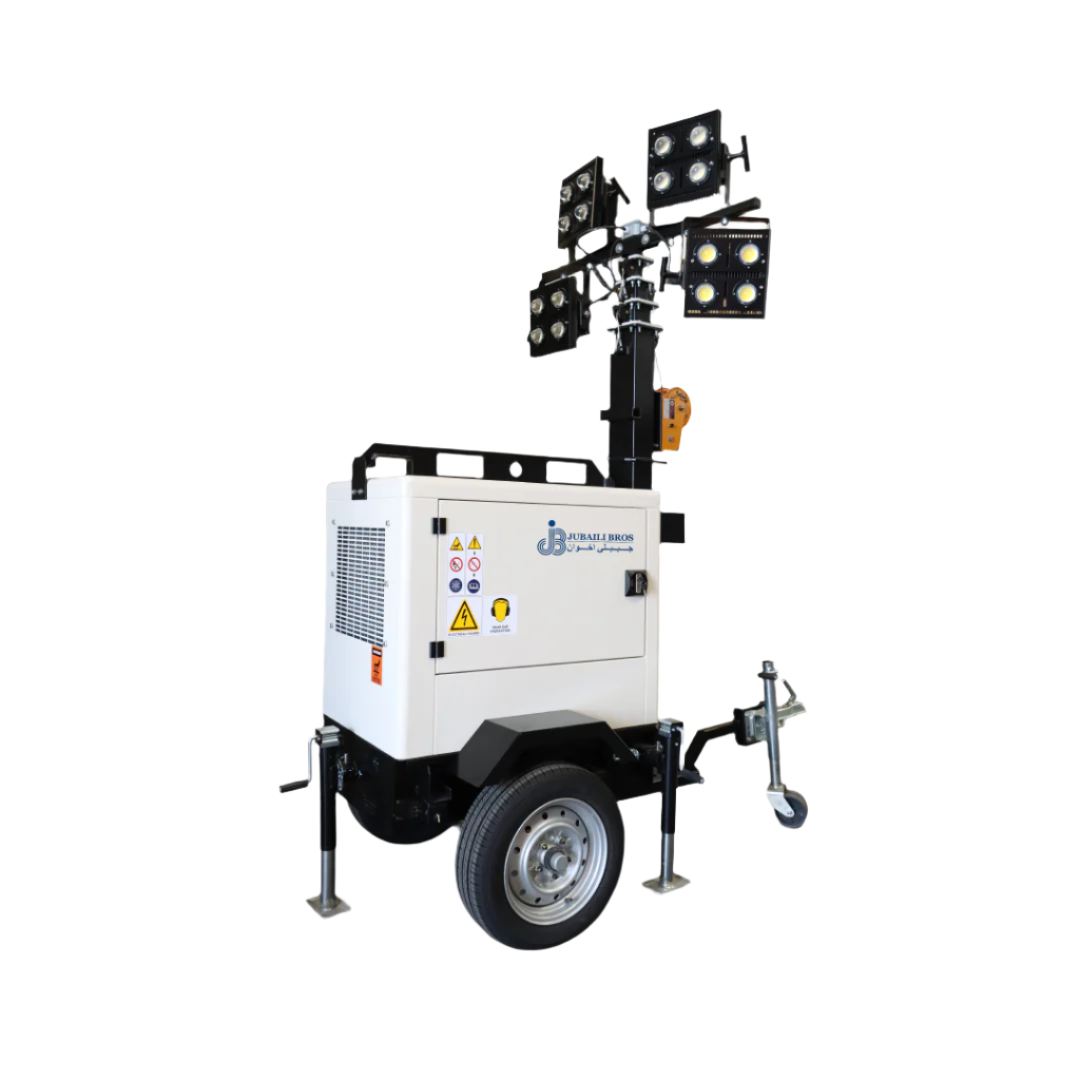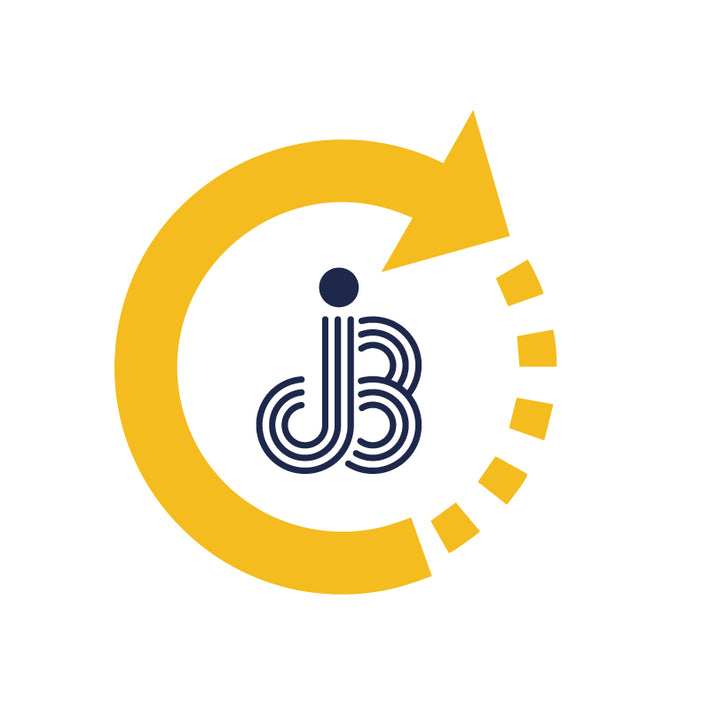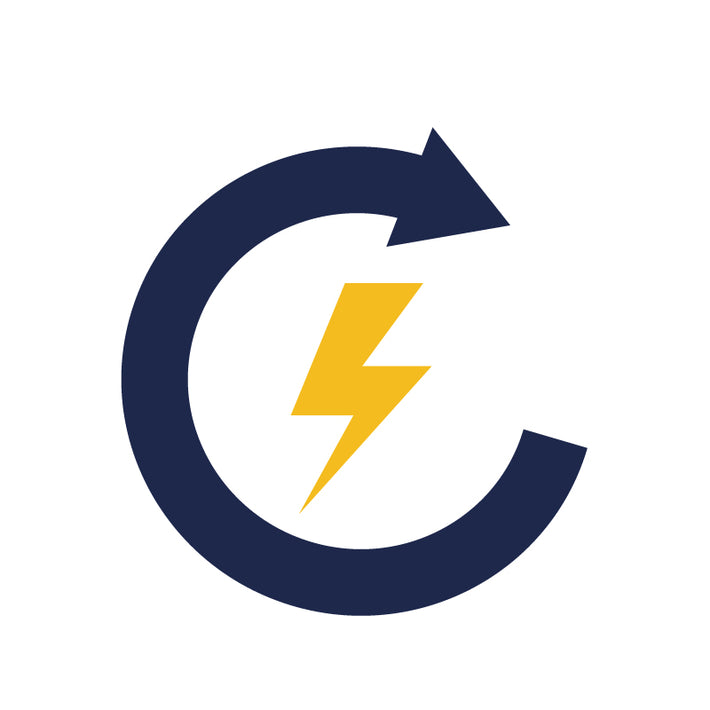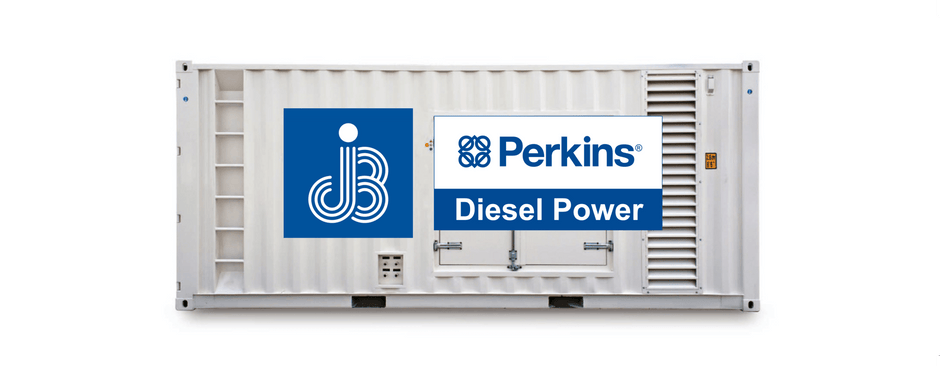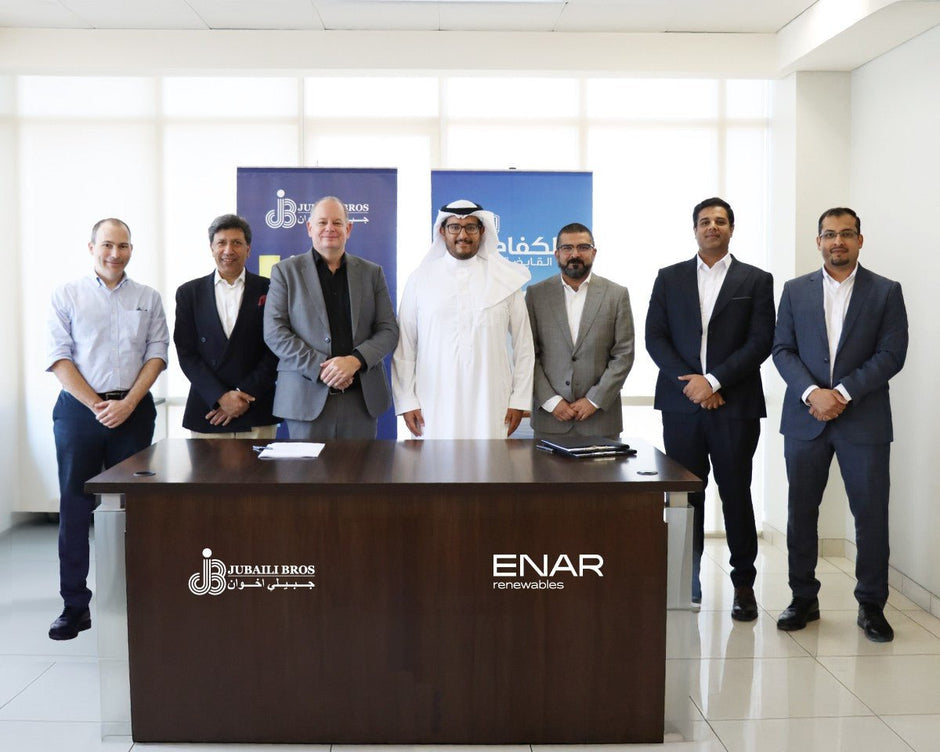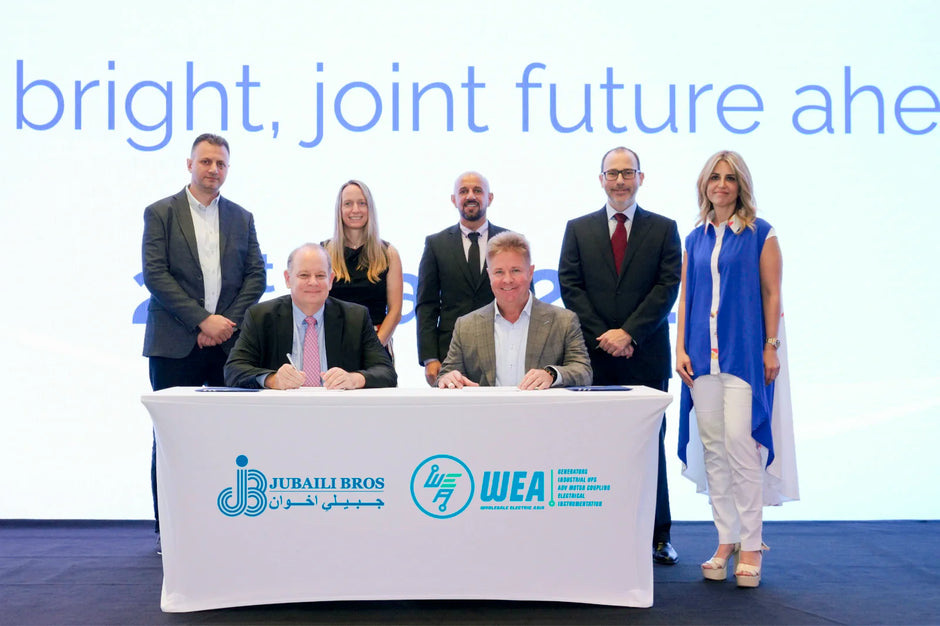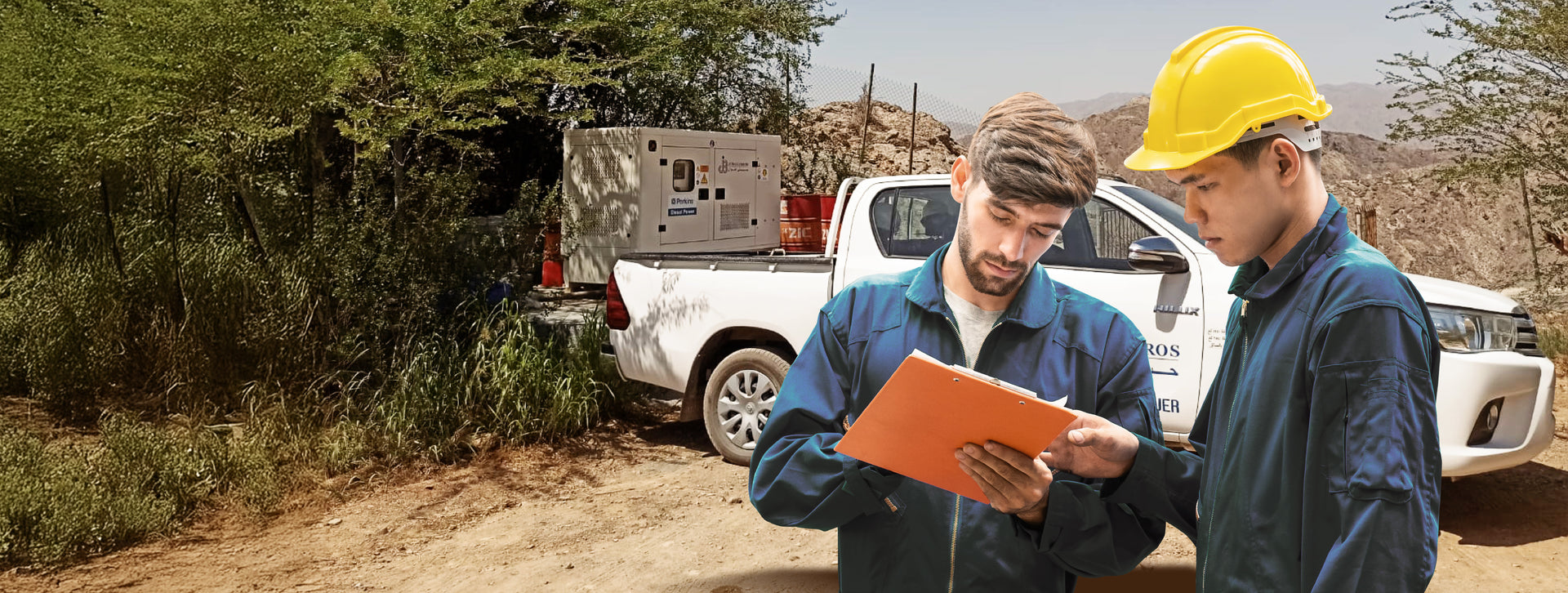With the adoption of US EPA Tier 4 Final and EU Stage V emission standards, diesel generators above 60 kW increasingly incorporate exhaust after-treatment hardware—diesel oxidation catalysts (DOC), diesel particulate filters (DPF), and selective catalytic reduction (SCR) systems. While these technologies dramatically reduce particulate matter (PM) and nitrogen oxides (NOx), they also introduce back-pressure, thermal demands, and maintenance requirements. This article explains the function of each module, its operational impact, and the best practices for integration and upkeep.
Key Components of After-Treatment Systems
- Diesel Oxidation Catalyst (DOC): A honeycomb structure coated with precious metals converts carbon monoxide (CO) and unburned hydrocarbons (HC) into carbon dioxide (CO2) and water.
- Diesel Particulate Filter (DPF): A wall-flow ceramic substrate traps soot, which is later oxidised during regeneration cycles.
- Selective Catalytic Reduction (SCR): Injects aqueous urea (AdBlue®) into the exhaust, reducing NOx to nitrogen (N2).
- Ammonia Slip Catalyst (ASC): Captures unreacted NH3 from the SCR stage to ensure tailpipe compliance below 10 ppm.
Back-Pressure and Engine Impact
The combined back-pressure from DOC, DPF, and SCR must remain within the engine’s rated limit—typically 7–10 kPa. Fresh components may introduce 6–7 kPa, but as soot accumulates in the DPF, ΔP increases. The ECU triggers active regeneration around 8 kPa. Surpassing 130% of the design back-pressure results in power derate and elevated exhaust temperatures, risking thermal damage.
Regeneration Strategies
| Method | Temperature | Trigger | Pro / Con |
|---|---|---|---|
| Passive | > 350 °C | Engine load and NO2 ratio | No fuel cost, but requires ≥ 40% load |
| Active (fuel post-injection) | 550–600 °C | Soot mass ≥ 50% | Independent of load; uses extra fuel |
| Electric heater | 400–450 °C | Low-load or standby use | Requires grid power or off-load; added cost |
SCR Dosing and Control
The engine control unit (ECU) modulates urea injection based on real-time NOx sensor feedback. Typical urea consumption is approximately 6% of diesel fuel mass under Tier 4 Final conditions. Only ISO 22241-compliant AdBlue should be used to prevent injector fouling. In cold climates, install tank heaters and line warmers to avoid freezing.
Installation Best Practices
- Install after-treatment modules within 1 m of the turbo outlet to retain exhaust heat.
- Use 50 mm ceramic insulation to maintain operating temperature and reduce external surface heat.
- Incorporate condensate drains in horizontal SCR runs to prevent crystallised urea deposits.
- Fit flexible bellows before and after each module to isolate vibration.
Preventive Maintenance Schedule
| Interval | Task | Acceptance Criteria |
|---|---|---|
| Every 250 h | Review ECU logs and DPF ΔP trends | DPF ΔP < 50 kPa at rated flow |
| Every 1 000 h | Lab test urea; replace if older than 6 months | ISO 22241-compliant quality |
| Every 2 000 h | Remove and weigh DPF for ash loading | < 120 g ash per litre of substrate |
| Every 4 000 h | Clean DPF (bake and blow); inspect SCR | NOx conversion ≥ 80% |
| Annually | Calibrate NOx and NH3 sensors | ±5 ppm accuracy |
Troubleshooting Quick Guide
- High DPF back-pressure, no regeneration: ECU inhibit mode active—clear alarms and initiate parked regeneration.
- Out-of-spec NOx emissions: Empty urea tank, blocked injector, or catalyst contamination from sulphur or oil ash.
- Frequent active regeneration: Load factor too low—schedule regular load-bank testing to maintain system temperature.
- Ammonia slip: Overdosing; recalibrate NOx sensors and replace ASC if fouled.
Back-Pressure and Load Acceptance
After-treatment systems add exhaust mass and restrict flow, impacting the generator’s transient response. To mitigate voltage dip and frequency lag, pair Tier 4-compliant engines with electronic wastegates and PMG excitation systems to meet ISO 8528-5 G3 standards.
Conclusion
Exhaust after-treatment systems transform diesel generators into low-emission, regulatory-compliant power units. However, their benefits are only realised through correct installation, active monitoring, and scheduled maintenance. Understanding DOC, DPF, and SCR behavior—and implementing a preventative approach—ensures reliability without compromising environmental goals.
Need Tier 4 Final or Stage V-compliant generator solutions? Contact Jubaili Bros—we offer factory-integrated after-treatment systems and professional cleaning services tailored to your application.

